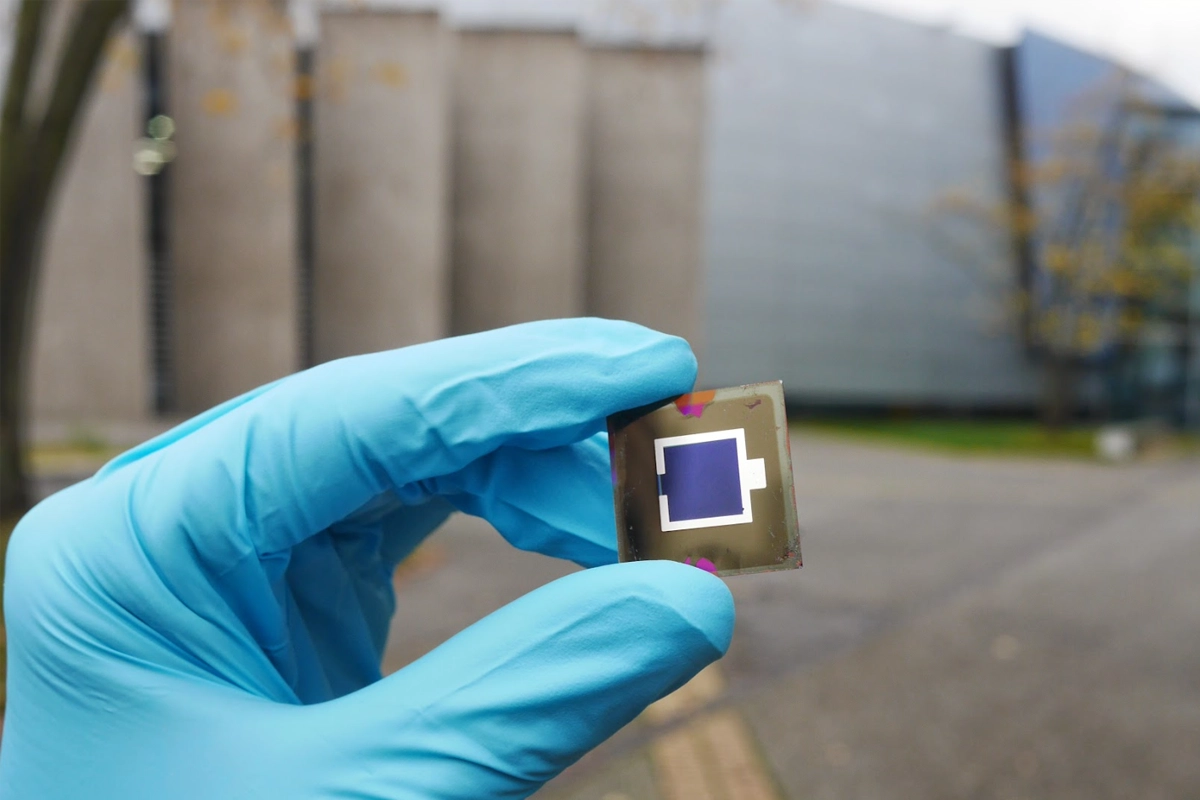Perovskite Solar Cells
Correctly model and simulate multi-dimensional charge carrier dynamics as well as optical effects to understand the improved electronic performance of perovskite solar cells.

Image copyright: Amran Al-Ashouri / HZB
Involved researchers
- Dilara Abdel
- Patricio Farrell
- Jürgen Fuhrmann
- Christiane Becker
- Klaus Jäger
- Jacob Relle
- Sven Burger
Partners from industry / Research lab
- Helmholtz-Zentrum Berlin für Materialien und Energie GmbH
- HTW Berlin – University of Applied Sciences
- Zuse-Institut Berlin
- JCMwave GmbH, Zuse-Institut Berlin
Problems description
Perovskite-based solar cells convert sunlight to electricity more efficiently than classical silicon solar cells. The current sunlight conversion efficiency is 34.6%. The efficiency is particularly high in nanotextured perovskite solar cells. However, why these cells have better electronic properties has largely remained a mystery.
Goals
Correctly model and simulate multi-dimensional charge carrier dynamics as well as optical effects to understand the improved electronic performance of perovskite solar cells.
Methods
Modelling, Drift-diffusion, Finite volume simulationss, Numerical analysis, Time-harmonic Maxwell’s equation
Outcome
A physical explanation of the device performance (reduced detrimental recombination); Open-source simulation tool implemented in ChargeTransport.jl